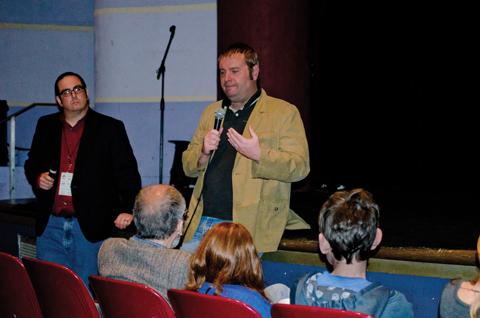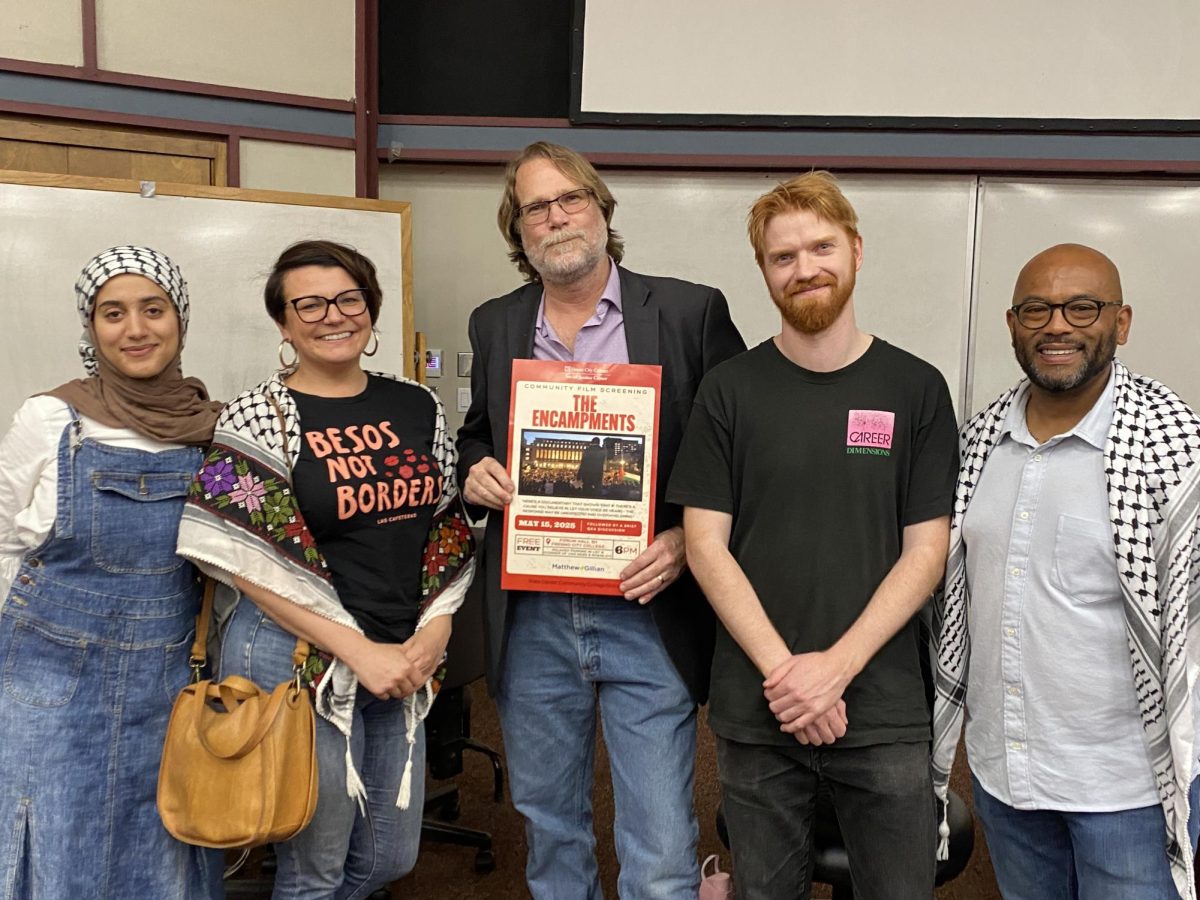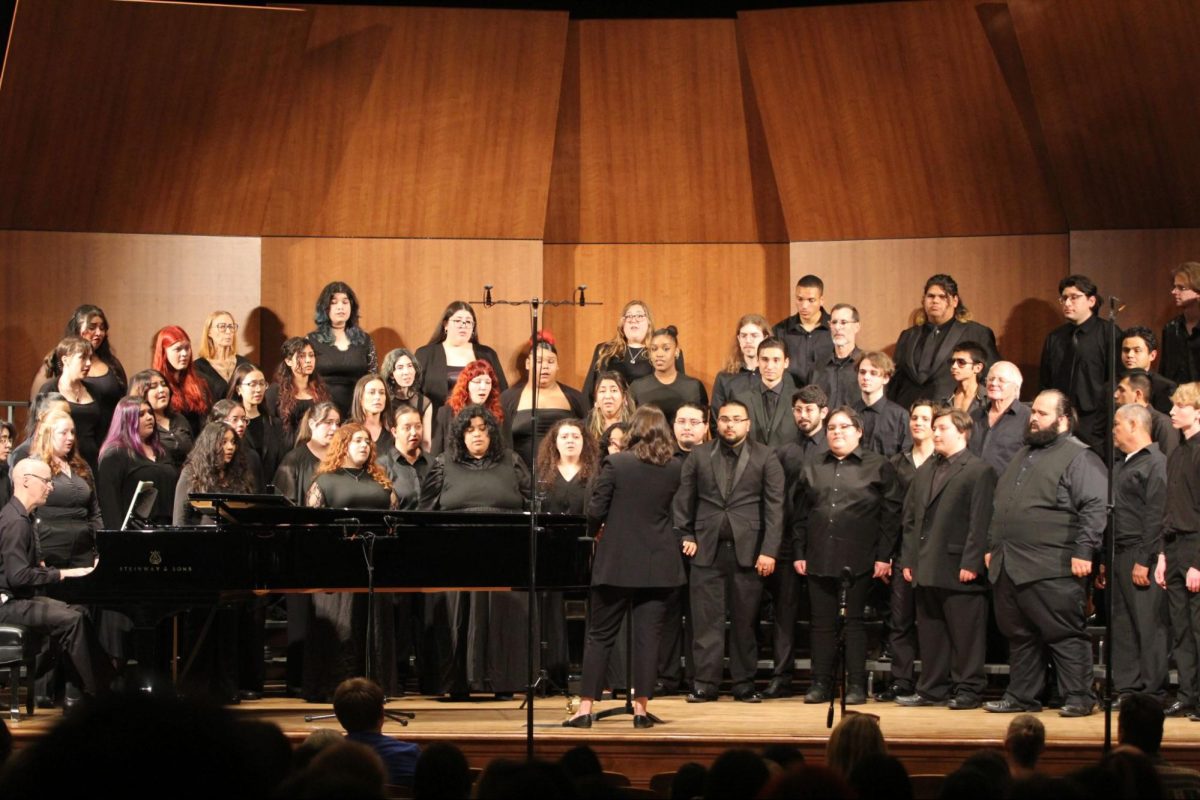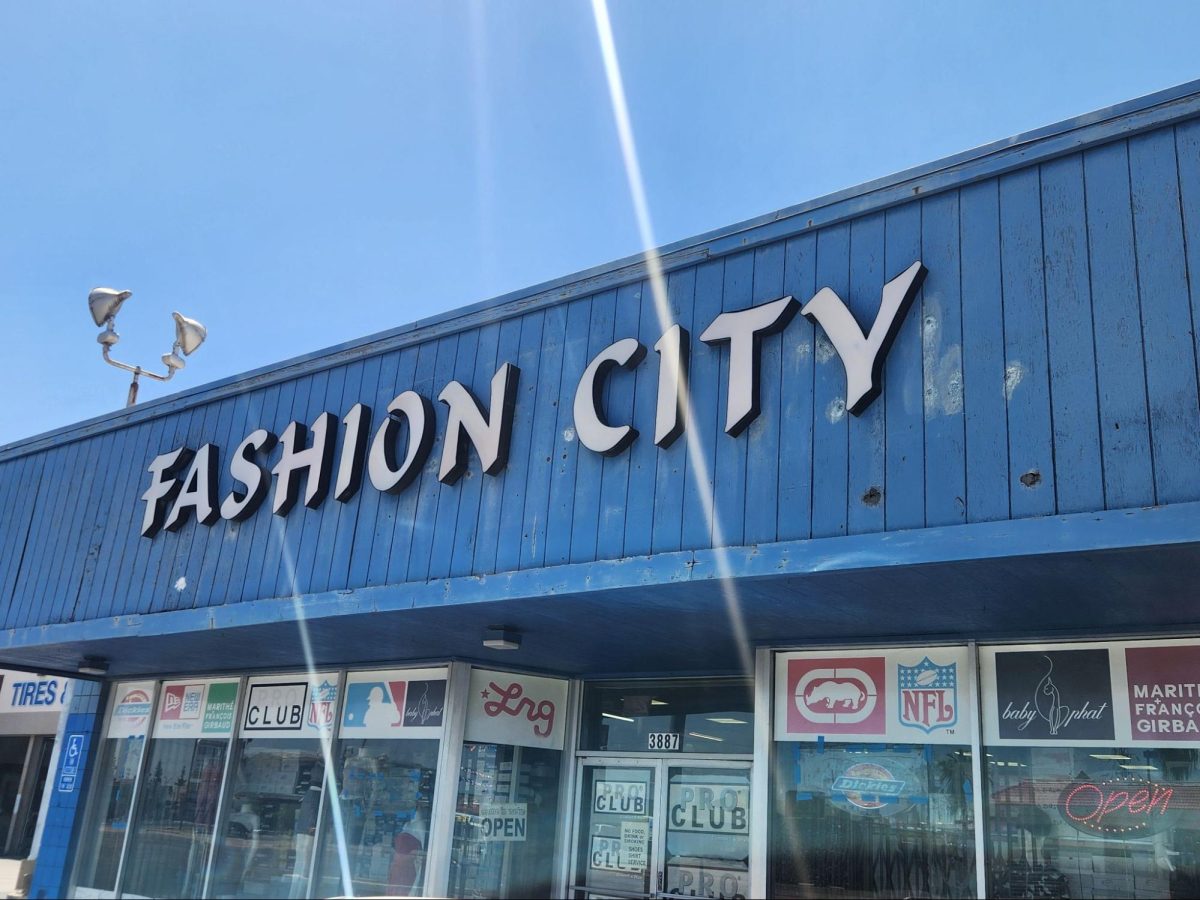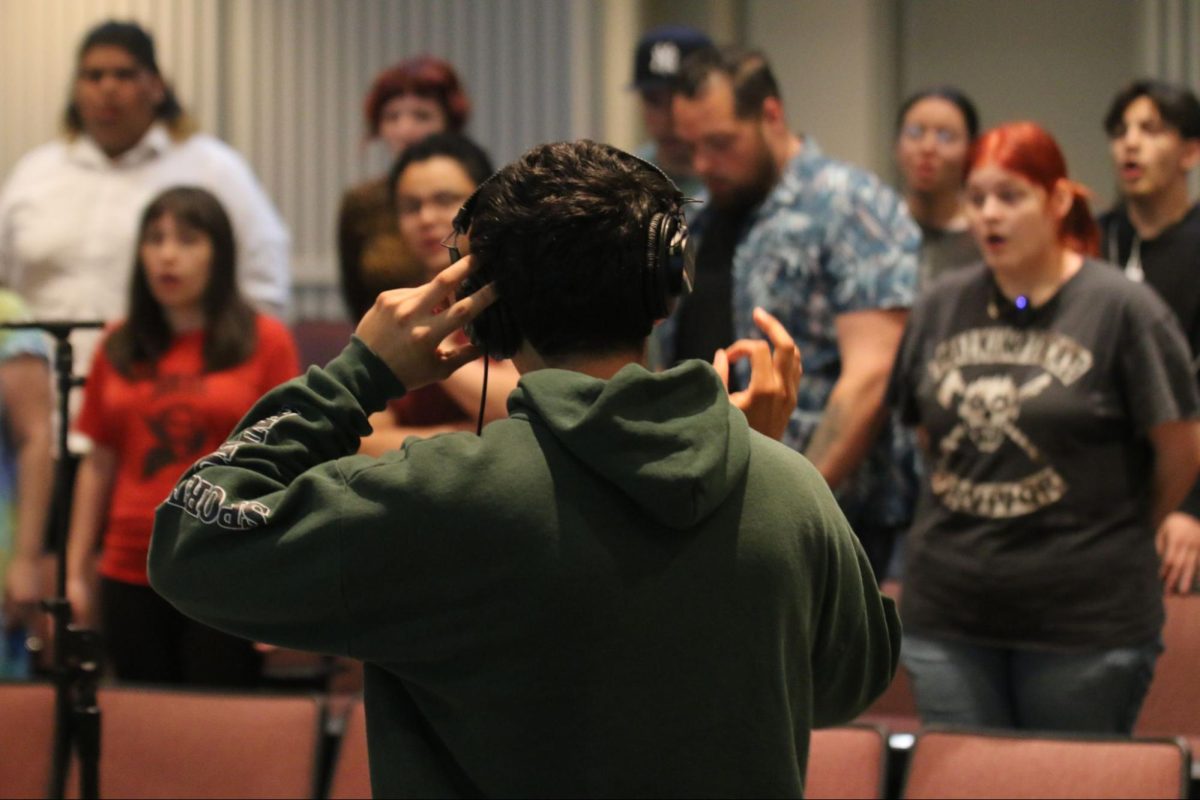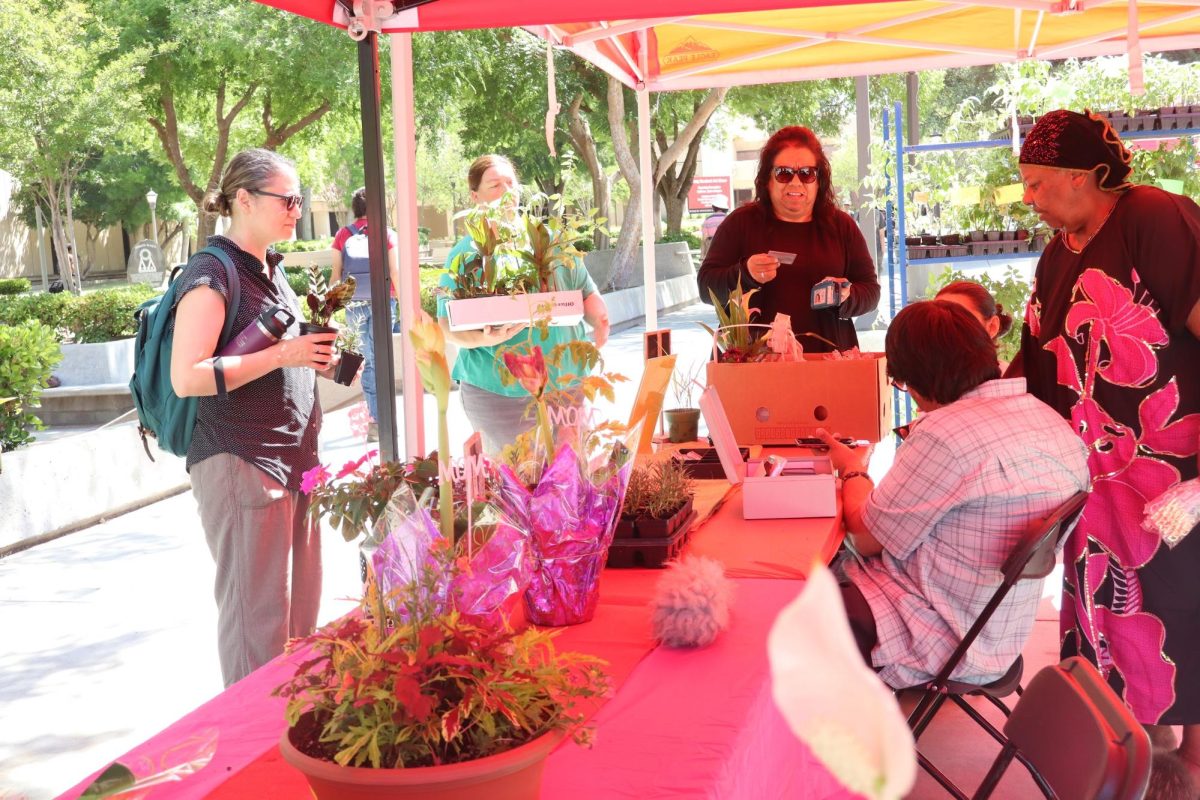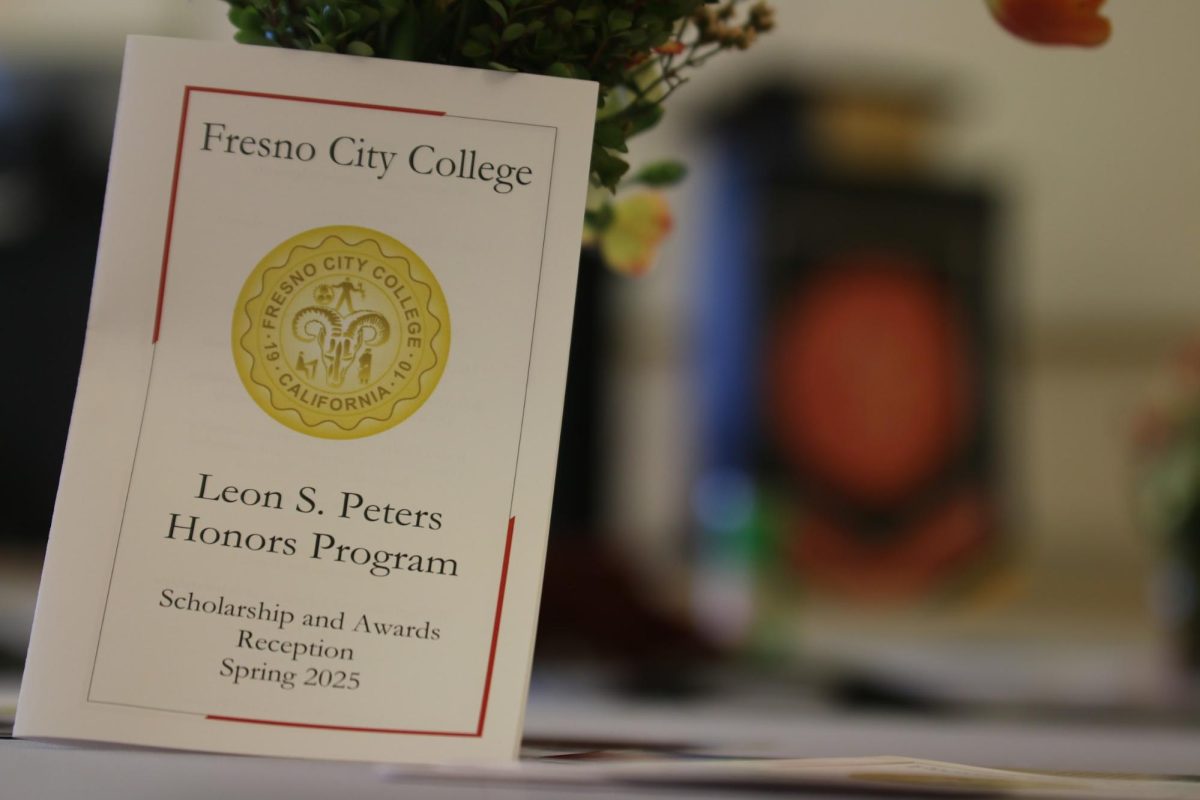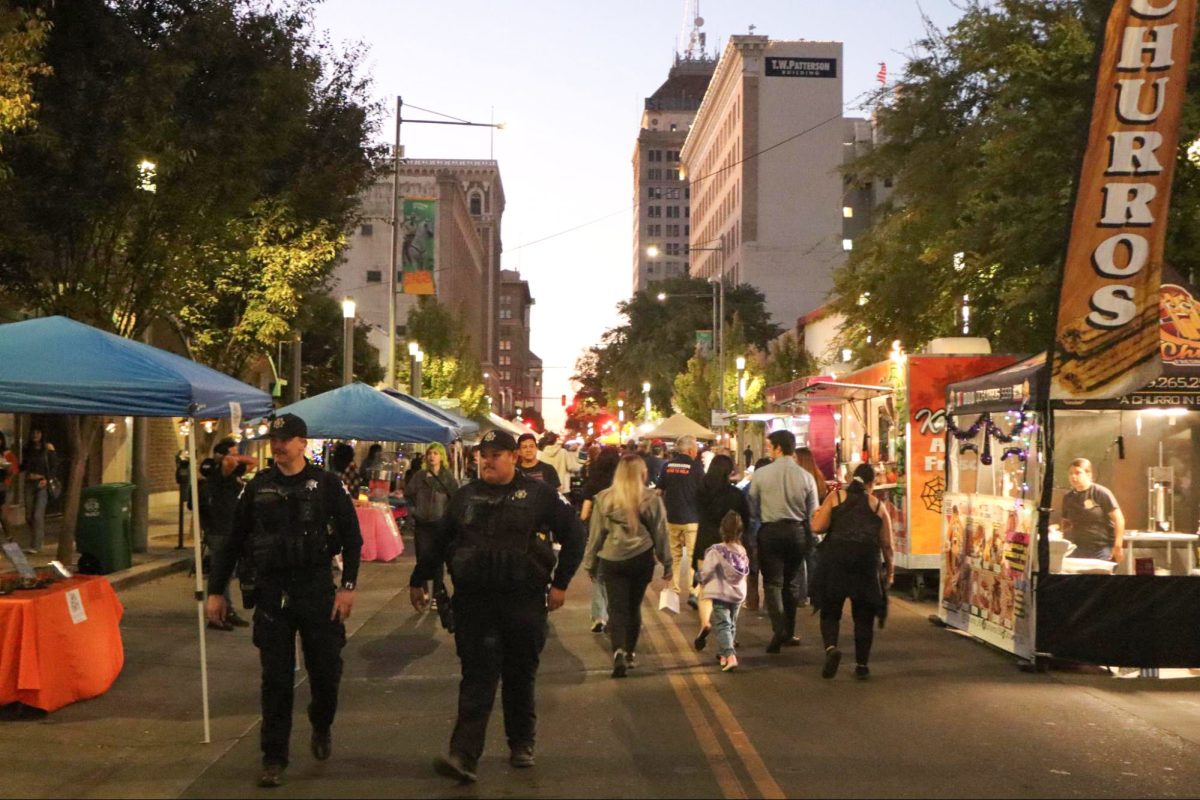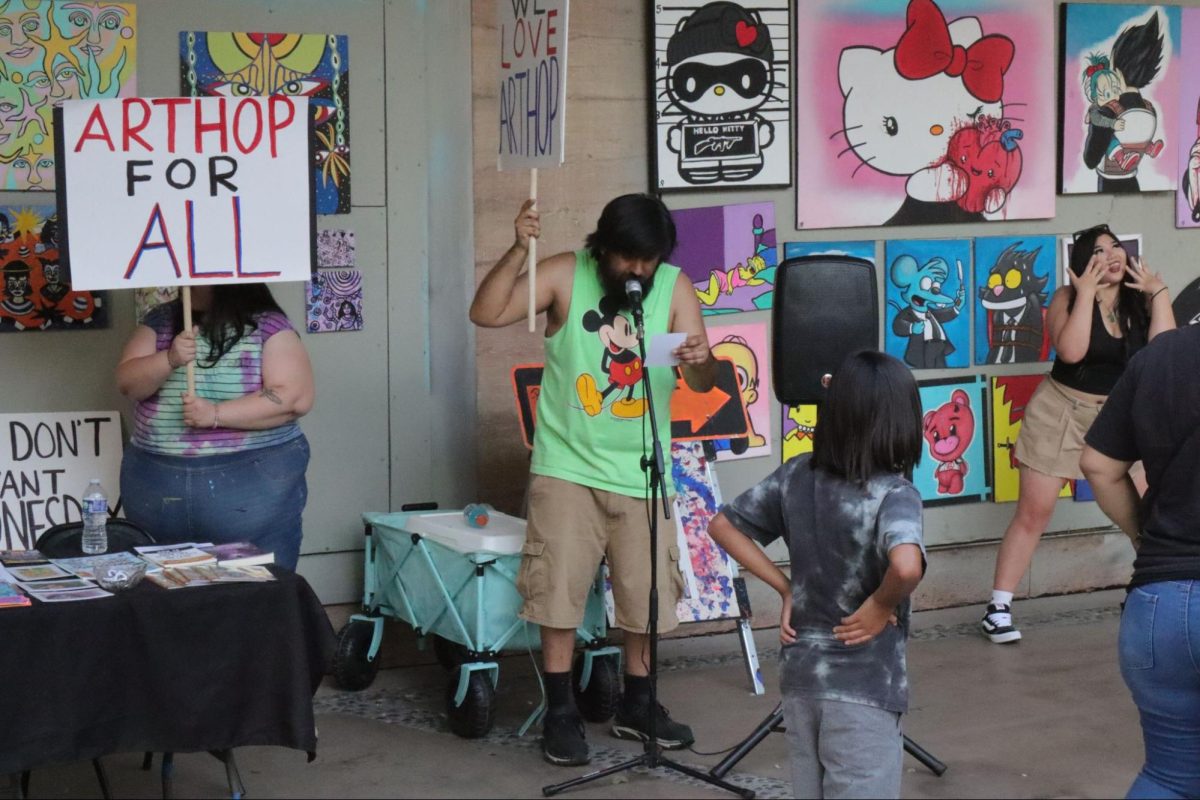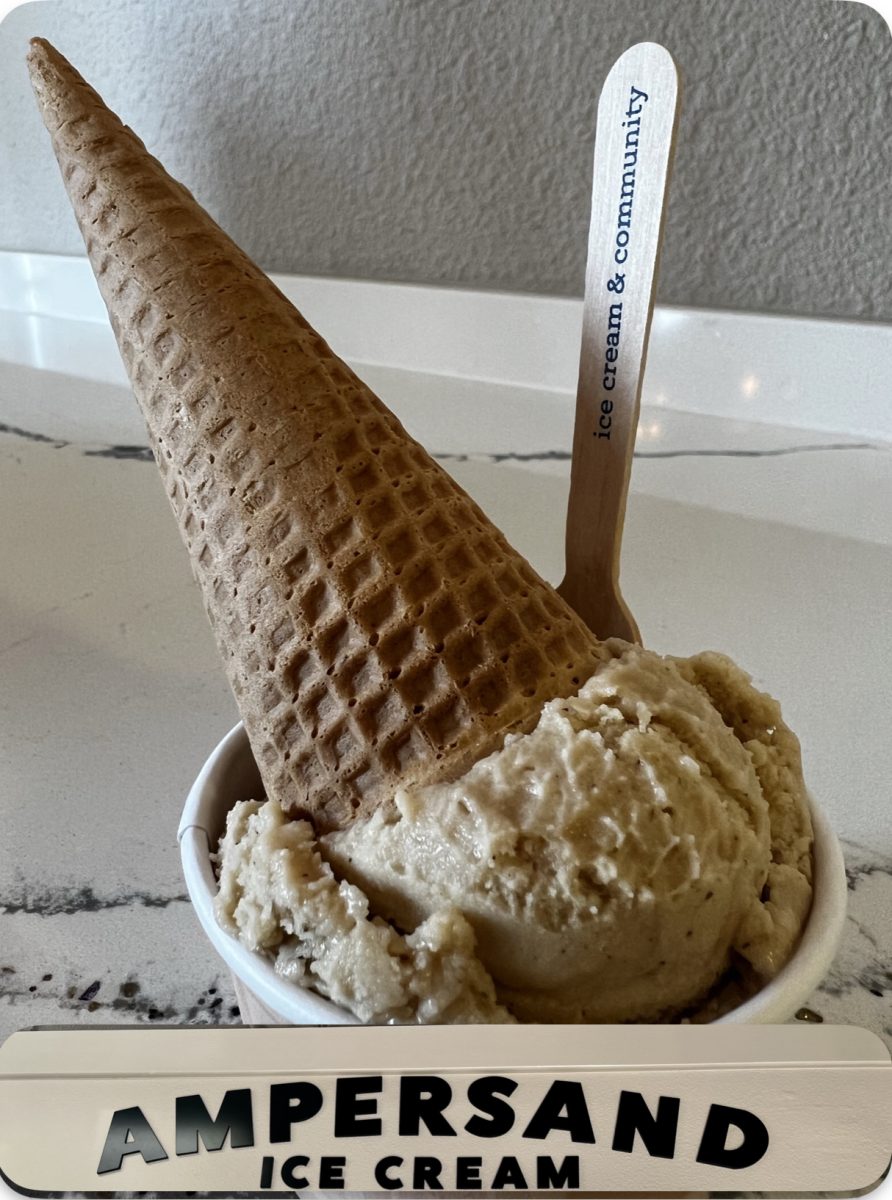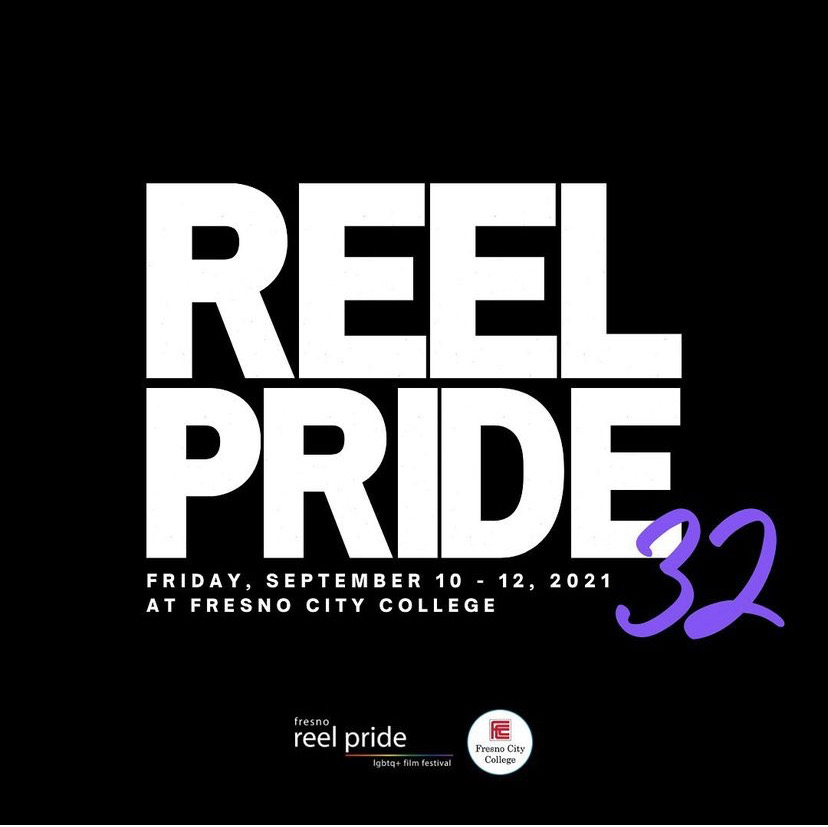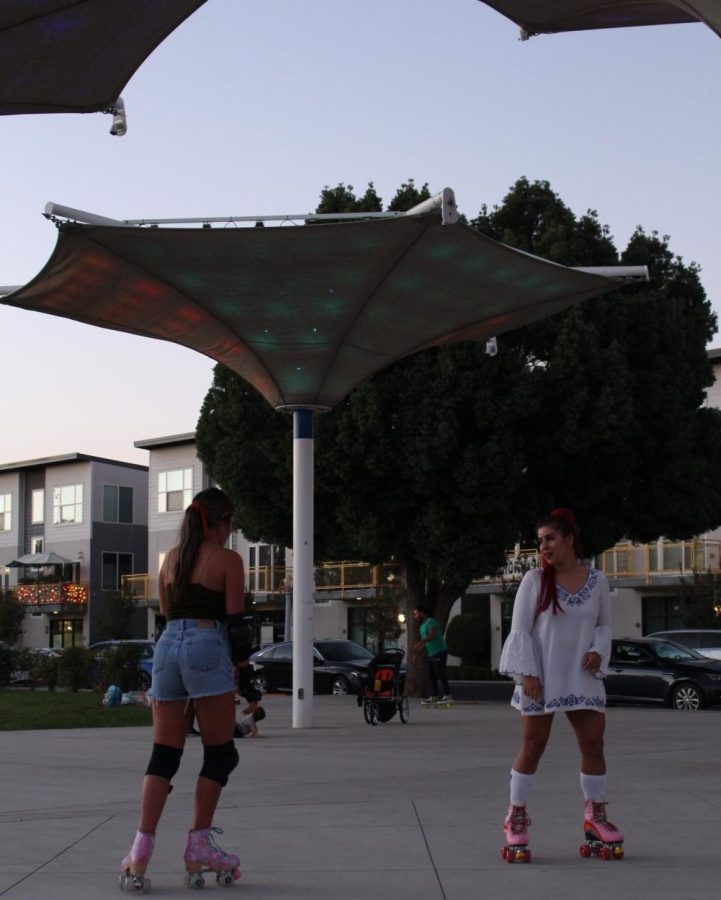Fresno Filmworks presented its 8th annual Oscar-nominated short film showcase for 2013 held at Fresno’s Tower Theatre. Two-evening shows were available for the animated and live action films, while the Oscar-nominated documentary shorts were held Saturday afternoon.
The animation feature displayed a wide variety of creative techniques, from traditional animation, clay animation, and also stop-motion and digital animated works. Other than technical differences, the five nominees had a wide breadth of unique styles.
The first nominee shown was a short-based off the long-running animated series, “The Simpsons,” “The Longest Daycare” starring Maggie Simpson, managed to capture the essence of the show, its satire of American life and irreverent humor, within a brief timeframe.
This followed by the short “Adam and Dog,” a different take on the story of Adam and Eve, within the eyes of man’s best friend, a lonely dog. Without using any dialogue, it told a familiar story using only vivid images of beautiful landscapes and effective body language.
The standout of the animated nominees “Fresh Guacamole,” was also the shortest. Under only two minutes, using clever stop-motion animation, a cook uses unlikely objects and materials to make a bowl of guacamole.
Some works even featured a medley of creative techniques to combine animation styles, such as Disney-Pixar’s animated short “Paperman”.
A blend of 2D animated characters featured in a fully realized 3D world, was a seamless integration of technique and is stunning to see in motion.
A Discussion Circle was placed after the animated short films, lead by Fresno Filmwork’s communication director Jefferson Beavers and FCC graphic communications instructor Byron Russell.
Russell answered questions regarding the technical intricacies involved with contemporary animation, and the balance of keeping traditional animation and computer graphics within a single film.
Russell mentioned that “digital technologies streamline the process of animation,” in regards to the critique and credibility of new technical tools mixing with traditional, hand-drawn films. The discussion helped ground the imaginative works of animators for the audience, and displayed the amount of work and artistic freedom that the artists can have.
The live action shorts managed to keep the same narrative hooks as any full-length feature film, and left the audience captivated within the brevity of the format. All of the five nominated films used unique and interesting plot devices to convey simple, humanistic conflict.
In “Death of a Shadow,” a young World War I soldier strikes a deal with death (by taking photos of people’s shadows, moments before their death) to return to the woman he fell in love with, moments before he died himself.
“Henry,” is a story about a retired pianist viewing and reliving memories of his life. The film shows what it could be like to lose the ability to remember, due to old age complications such as dementia or Alzheimer’s. It is an intense, emotional story that depicts both ends of this situation; to lose your concept of memory, to who watch loved ones forget who they are.
All of the live action shorts were effective in creating a concise and creative setting for their stories, and conveying stories from interesting perspectives from around the world.
Both the animated and live action shorts showed that great storytelling in film doesn’t always have to come from intense two hour dramas or summer blockbuster epics.
The craft in creating these narratives, within the microcosm of the short film space, is something that should be celebrated. Fresno Filmworks and the Tower Theatre honor these nominees, by showing the features on the big screen where they belong.

